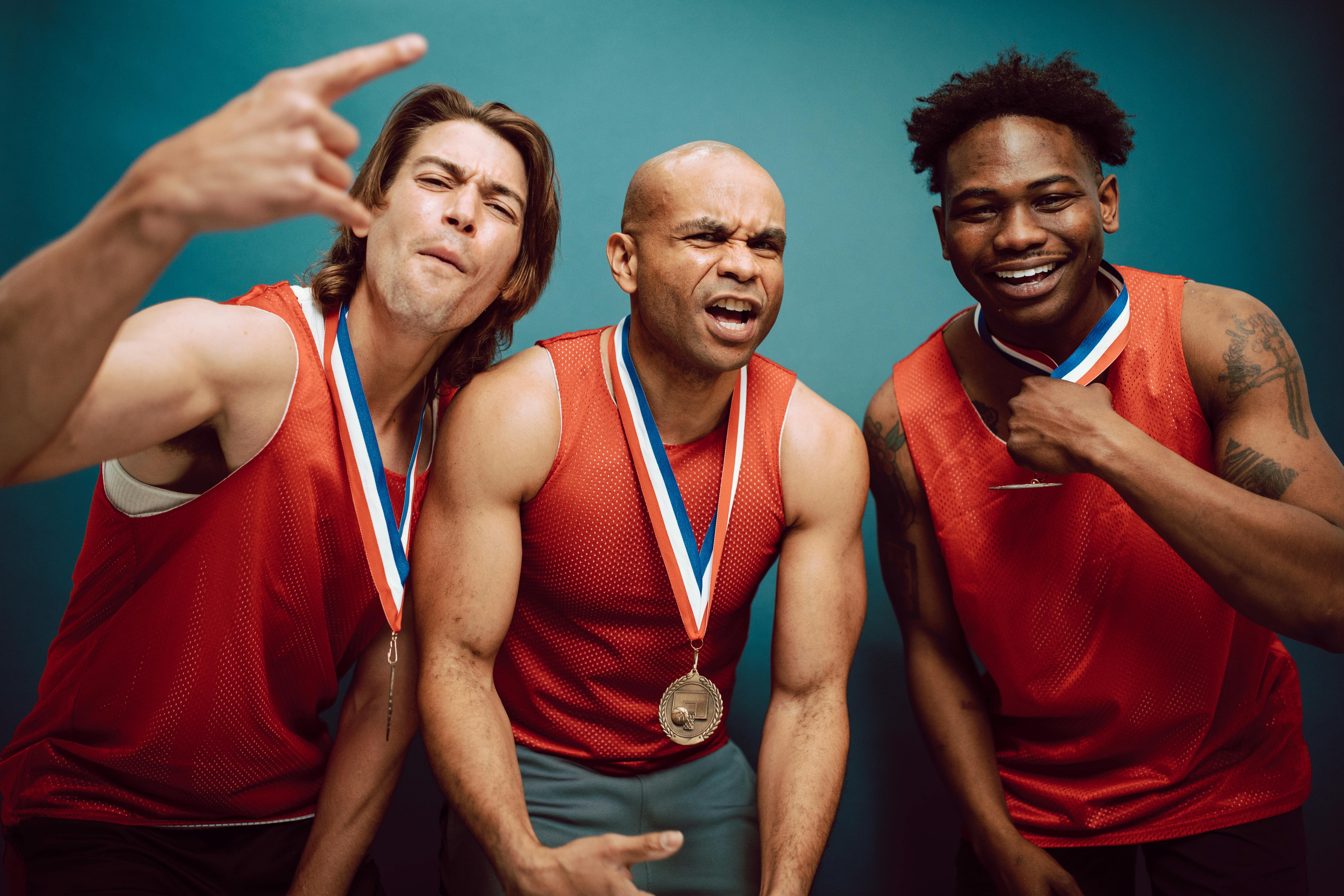You always hear the old adage, “let’s work out and work up a sweat,” as if sweating is a sign that you’ve had a good, productive workout. But what if you work out and don’t really break a sweat during the workout? Was that training a lost cause? Does that mean you just didn’t exercise long enough for it to be a productive workout?
Well, let’s examine the facts here and dispel the ever-popular myth about why you sweat and its relationship to exercise.
Your body is like an engine that never stops working and, like all engines, it produces heat. The more the muscles contract, the more heat is produced. If the body had no ways to keep you cool, you would overheat and collapse within 20 minutes.
The first method is radiation, in which heat leaves the skin if the air around you is cooler than your body. The second method is conduction, which is the transfer of heat by direct contact, like swimming in a pool of cold water where the water absorbs heat from your body. The third method is convection, where moving air cools us, such as when you stand in front of a fan or when the wind blows. The last method is evaporation, where the water in our blood absorbs the heat and rises to the surface of the skin through the sweat glands so it can evaporate creating a cooling effect.
In colder conditions, you won’t need to sweat as much because the body uses radiation to keep cool. In hotter conditions, sweating is the main method of keeping cool because the air is warmer than your body, but if moisture is present, sweat can’t evaporate as well and that’s why you’ll see sweat dripping on you. Since sweat doesn’t evaporate in these conditions, your body uses radiation and convection (remember moving air?) to keep cool.
Everyone has a different sweating pattern. Gender, age, fitness level, and environment all contribute to the amount of sweat. Women seem to sweat less and start sweating at higher temperatures than men. People tend to sweat less as they age and therefore can’t handle the heat as well as a younger person, but declining fitness levels may have something to do with it. In laboratory experiments in which both young and old had similar fitness levels, there was no noticeable difference in their sweating process.
If you exercise in an air-conditioned room or outdoors when it’s a cooler time of year, you won’t sweat as much because the cold air evaporates sweat faster and also prepares your body to use more of the radiation method, which means that your body can deal with the heat created by exercise more easily. It doesn’t mean you’re not burning as many calories because the intensity and duration of your exercise is what determines your calorie burn, not how much you sweat. You’re sweating all the time but you can’t see it because it’s always evaporating.
If it were true that the more you sweat, the more calories you burn during exercise, it would also be true that you would be burning more calories just by sitting in a hot, humid room to accumulate sweat, but this is obviously not the case. the case, as the sweat you would see is solely due to room conditions that do not allow evaporation to cool the body.
Exercise produces heat, heat produces calorie expenditure, and you produce the same amount of heat whether you exercise in a hot or cold environment, so the fact that you don’t sweat as much in a colder environment doesn’t matter. it means your exercise session was less productive. .
